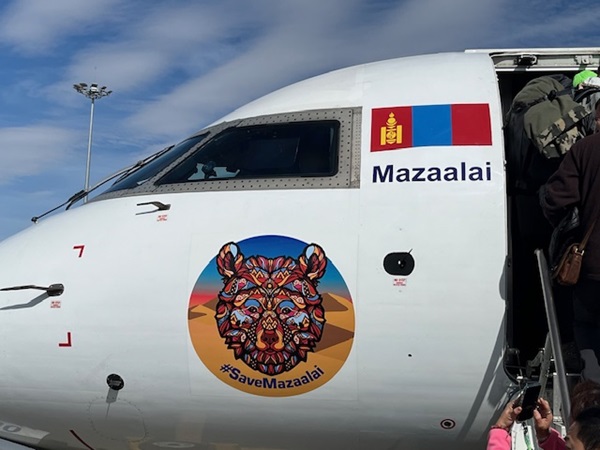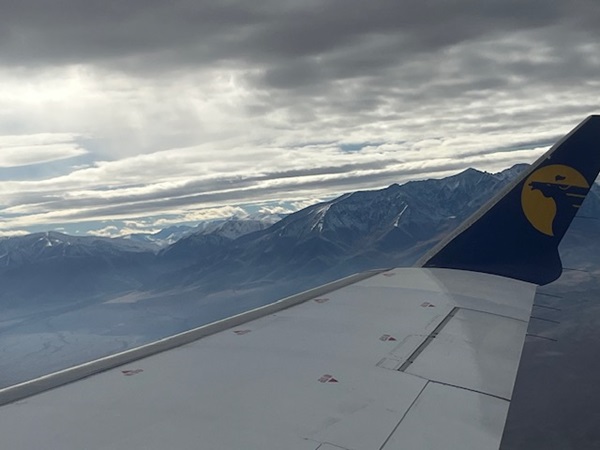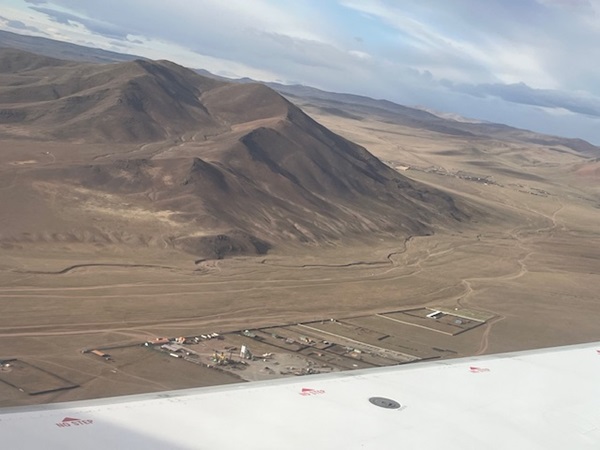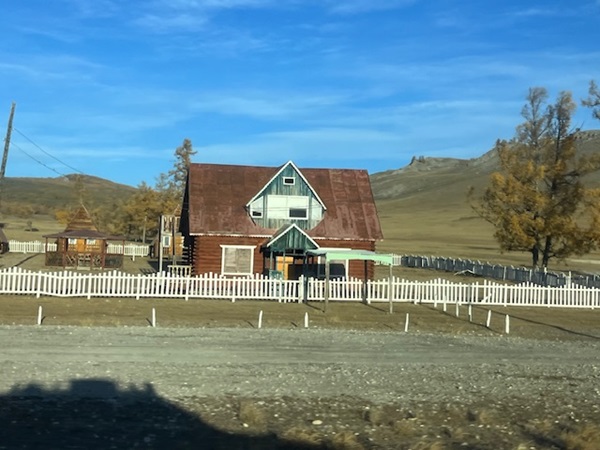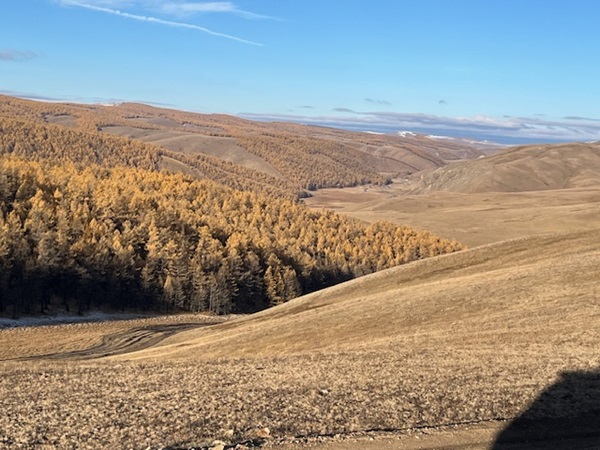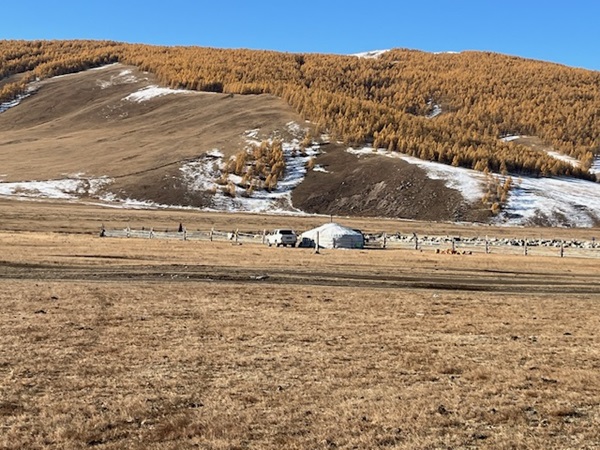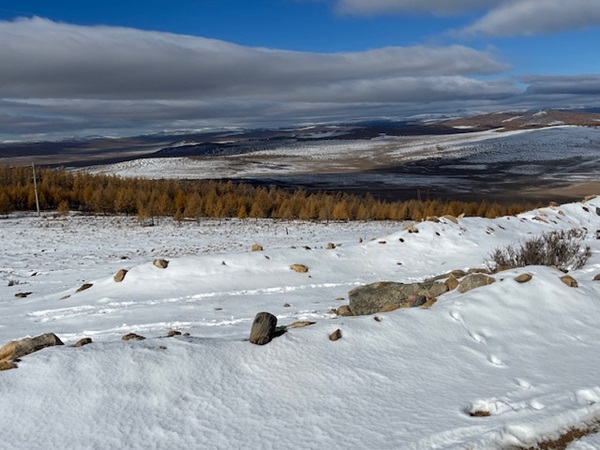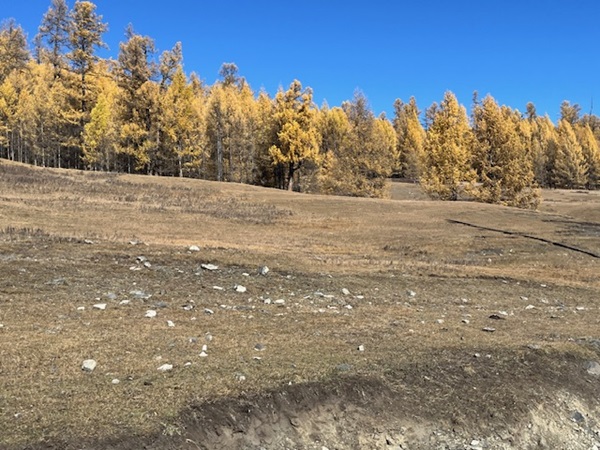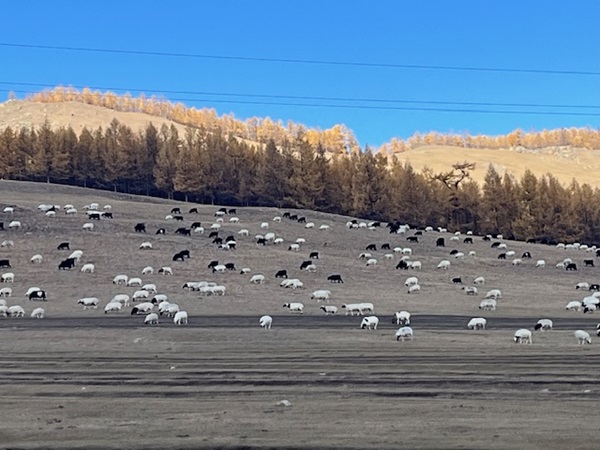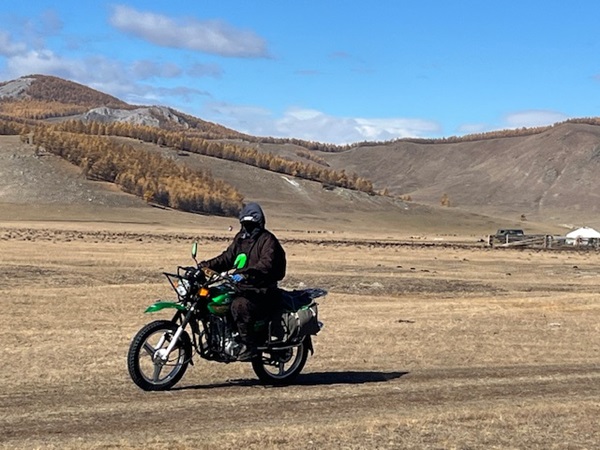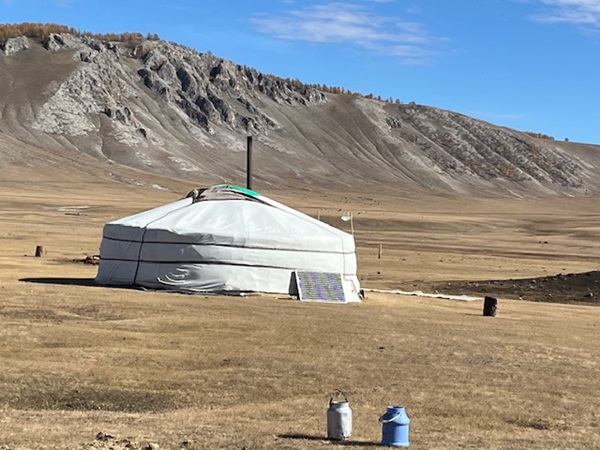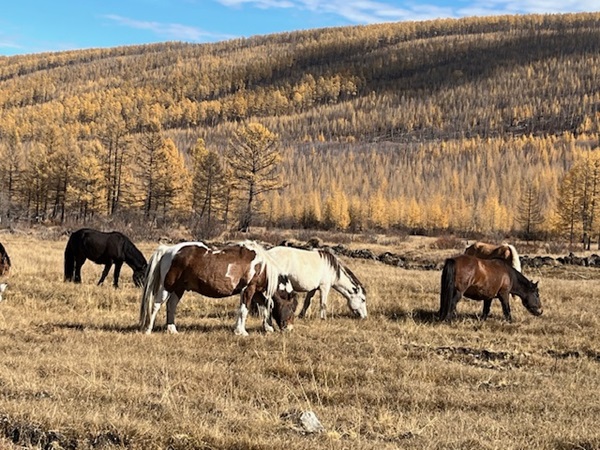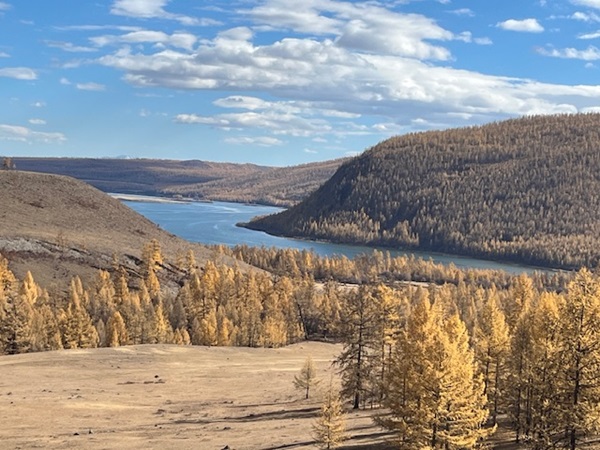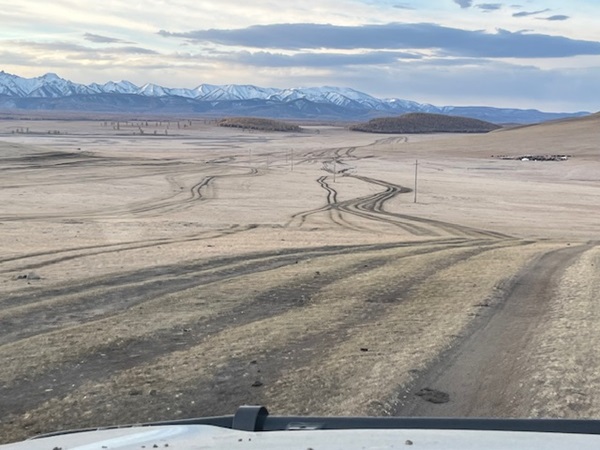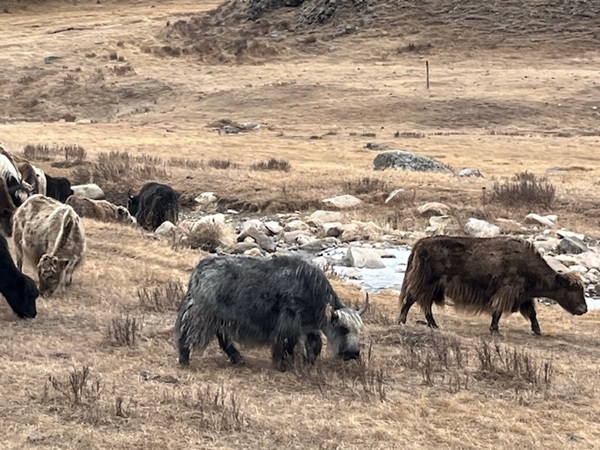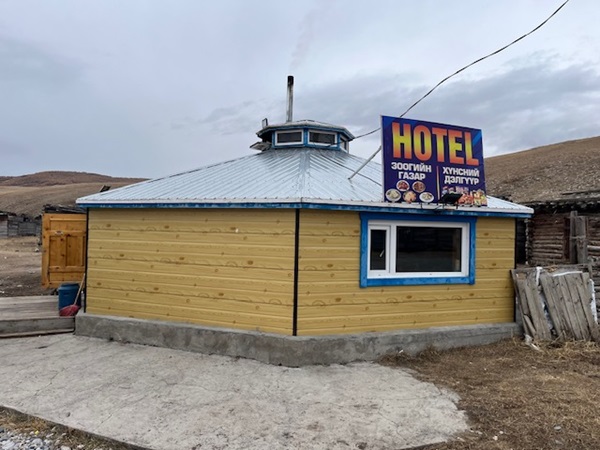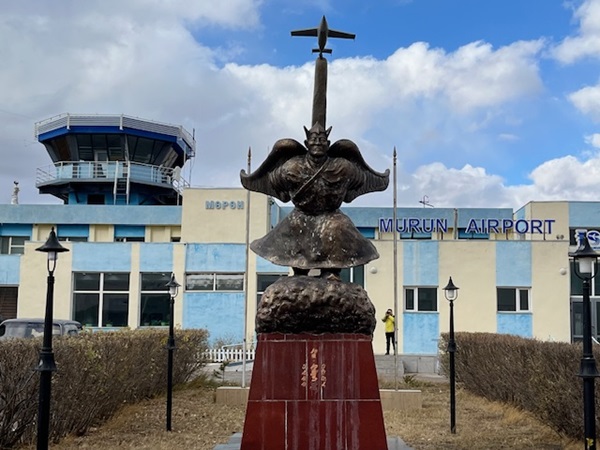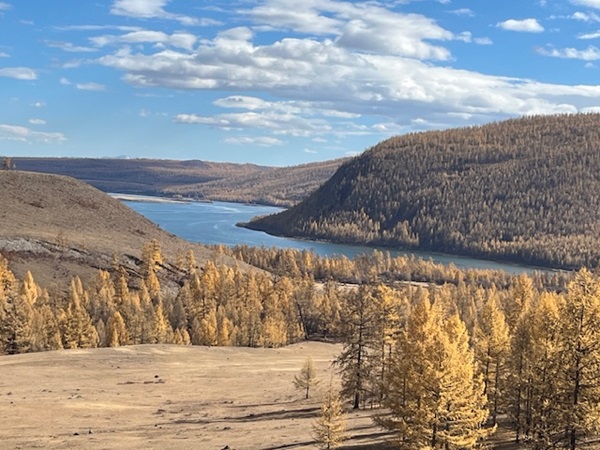 Mongolia scenery;
Credit: Chronicle.lu
Mongolia scenery;
Credit: Chronicle.lu
I recently got the unique opportunity to participate in a once-in-a-lifetime experience, to travel to Mongolia and not only visit the capital city, Ulan Bator / Ulaanbaatar, but also experience the northern wilderness there.
This second part addresses travel (including the off-road adventure) and flora and fauna / wildlife, with Part 1 covering the introduction, Mongolia and Ulan Bator, and Part 3 covering the camp and fishing.
Travel
The international travel from Luxembourg was straight-forward, with one stop in Istanbul with Turkish Airlines; the only issue was that the airline only flies this route a couple of times/week, so I had to leave on the Saturday morning, spending two days in the capital city before continuing to the final destination.
Arrival at, and processing through, Chinggis Kkaan international airport was straight-forward with finger-printing upon arrival, but no visa now required for the country. Travelling on into the capital city can either be a 40-minute traffic-free pleasant drive, or it can take up to well over three hours if the traffic is bad, and is can get excruciatingly slow at times.
To get to the fishing lodge, there was just one flight/week from Chinggis Kkaan Airport, operated by MIAT Mongolian Airlines with which I was very impressed; it first stopped off at Deglii Tsagaan Airport at Ulaangom where we disembarked temporarily and allowed some more to board, before continuing to Moron / Murun, where the regional airport compared to Farranfore in Kerry, Ireland, and Learmonth Airport near Exmouth, Australia.
The four of us (from Australia, New Zealand, the United States and Luxembourg) were then collected by the camp's driver and prepared for the 8-9 hour off-road trip ahead by stopping off at one of the supermarkets in the local town before stopping there overnight in a hotel as it was too late in the day to start the trek.
At Moron / Murun airport we came across other anglers from the Czech Republic who were heading off to a fishing camp close to ours, and we also came across a number of people of different nationalities (American, British, etc.) who were attending the Golden Eagle Festival in Bayan-Ölgii. At other times, it is also a popular destination for hunting.
Off-road
Early the following morning, and after a comfortable night and cooked breakfast, we set off on the wilderness adventure. Just a few kilometres along a paved, asphalt road, we turned off and from then on were extremely thankful for the excellent suspension afforded by the Toyota Land Cruiser and the driver's driving skills.
As daylight broke, one thing became clear - the light was incredible, allowing colourful vistas across the plains.
The landscape was hilly, sometimes mountainous, with the tracks mainly along open grassland and sometimes through forests, the upper ground of the hills/mountains covered with snow, some of which in turn had a sprinkling of yellow larch needles.
Just one puncture along the way (on the return journey), which took the driver (obviously trained in such repairs as well as at least basic mechanics) just 15 minutes to replace. If we had needed another spare, the car carried a second, one underneath and one on the roof.
On the outward journey, we stopped for a quick lunch of snacks we had got from the supermarket, admiring the vista across the grassy plains; on the return journey, we stopped in a small village (really more of a hamlet) where a relatively new wooden almost circular structure with a door just over one metre high; this had a sign outside "Hotel" so we stopped for a coffee. We were welcomed indoors by a polite and smiling woman of an indeterminate age; the central stove had a covered paella-like dish on a stove - it turned out to be full of boiling water which was used to both fill flasks and to server our coffee. After filling our mugs with the boiling water, we were each served with sachets which turned out to be ready-mixed coffee granules, sugar and powdered milk. I opted for my own soft drink. While seated on stools at a wooden table, we spied a couple of shelves of products, one mainly packets of biscuits and the other primarily an array of cleaning products. But is was a break from the drive an opportunity to stretch our legs, at least for a few minutes until we started on our way once more.
Sometimes on the grassy plains we could get up to speeds of 50-60 km/h; in other stretches it would have been quicker to walk and, yes, we did have to get out and walk as the vehicle could not make it up a muddy and rocky incline. We wondered frequently if the drive knew which track was the correct one to follow, but he got us there in the end, and on time.
Gers - almost exclusively white, but very occasionally another colour such as a vibrant green or blue - were dotted across the landscape and many were surrounded by their herds, with others having wooden fence surrounds and some with a car parked outside. There seemed to be two main sizes, small and medium.
We needed to cross a number of small rivers - luckily there had been no recent rains which would have both affected the fishing as well as the ability to cross these small rivers; there were a couple of wooden bridges with logs and planks, but others necessitated crossing shallow gravel beds, which the vehicle did with ease, albeit with the driver going slowly.
The Shishged and Tengis rivers are much larger and do not have any bridges crossing them, therefore the driver was restricted in the route to take.
We were tired but content when we arrived at the camp.
Flora and Fauna / Wildlife
Apart from the grassland steppes, of which the vegetation was very short due to grazing, the forests were mainly larch, a deciduous conifer: on the outward trip they cast a yellow/mustard colour backdrop to the vistas, with the colour changing during our week's stay as a result of many of the trees dropping a majority of their needles during that short time.
While we did not come across any camels - they are primarily located in and around the Gobi desert - we did come across a myriad of other animals.
Firstly, there were herds of goats (bred primarily for their cashmere), sheep /for their wool), Mongolian horses (with their distinctive thick manes), cattle and yaks, like scraggy cows with long flowing hair/wool (for meat, butter, fermented milk and their hair/fibres). We did not see any chickens running around (I mention this as we had eggs to each most days), but most farms / herders seem to have dogs, or they would her on horseback or on motorcycle.
While the larger mammals stood out first and foremost, there were smaller mammals too: both lemmings and ground squirrels scurried into their burrows or behind rocks as the car approached. There were a few birds to be seen from time to time, from magpies and crows to wagtails, plus a few smaller species I could not identify.
Occasionally we saw a bird of prey too; it was while out fishing on the rivers when we got to see golden eagles up close, with no less than six on one day, plus a white-tailed eagle with a distinctive... There were fish-loving cormorants, plus pintail ducks and some white swans landed on the river beside the camp each evening. Once we came across a golden eagle and a magpie sharing a meal: upon closer inspection, it turned out to be a baby goat. And at one stretch of river we saw where the eagles had made their eyries (nests) high up on bank-side trees, each on either side of the river.
Also, white motoring up and down the river, herds of cattle, horses, sheep and goats used to come down to the water's edge to quench their thirst.
What we did not come across was camels (as mentioned earlier), or ibex or deer (including musk deer). We were told that sometimes Siberian Tigers have been known to prowl such mountainous areas in search of prey.

